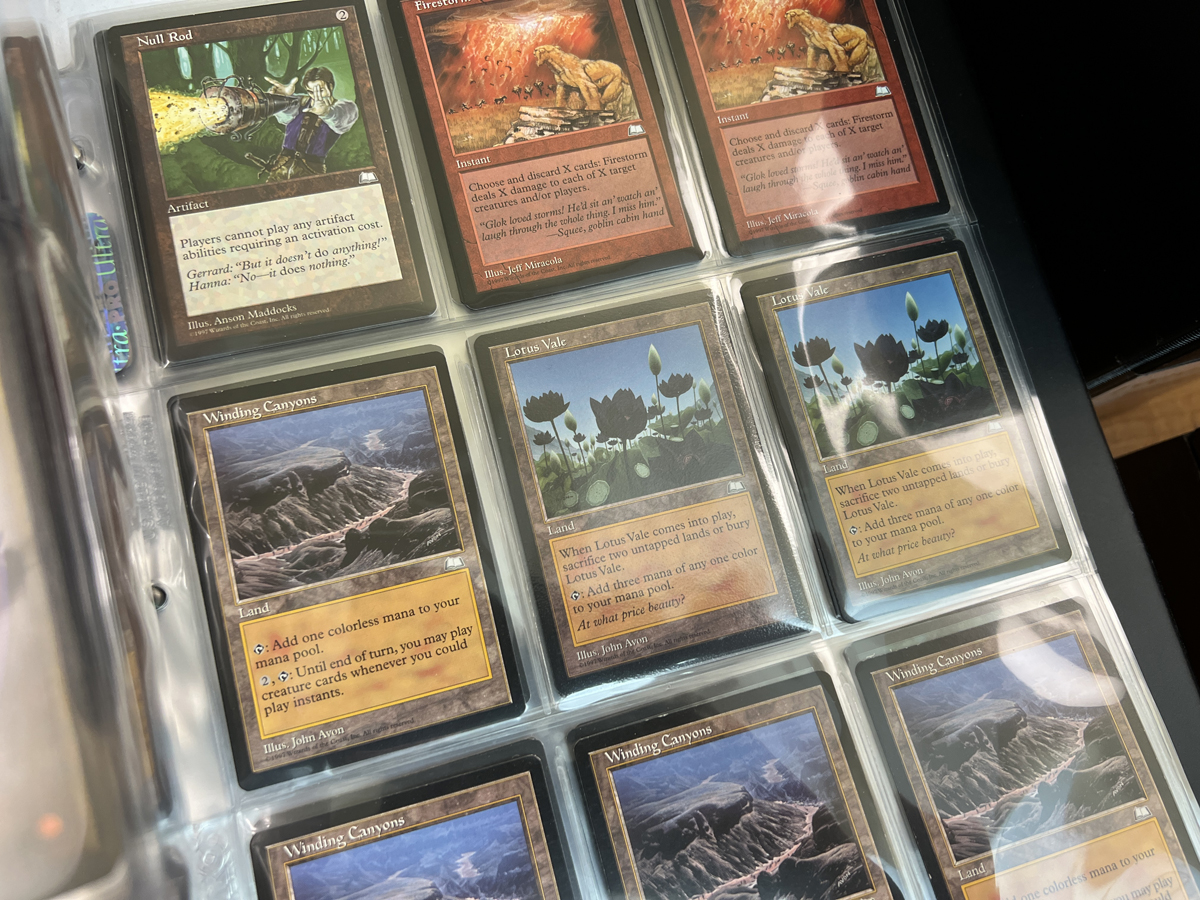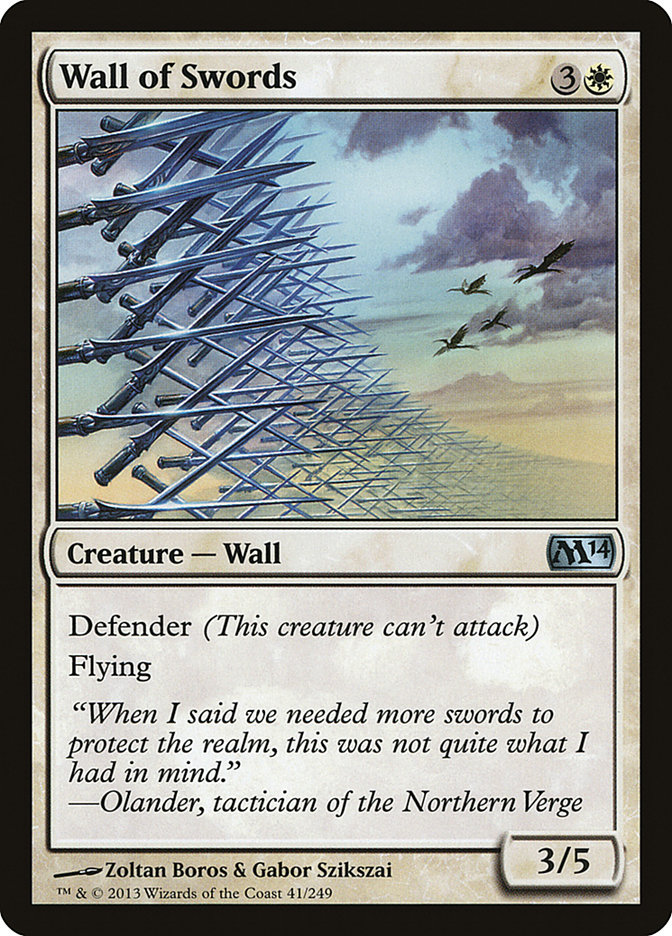Are Magic: The Gathering Cards Actually a Smart Investment?

Magic: The Gathering isn’t just about slinging spells and winning matches—it’s a marketplace in disguise. From old-school grails like Black Lotus to hype-fueled modern gems such as The One Ring, this game has created a fascinating intersection of collecting, culture, and cold hard cash. So, what’s the real deal—can buying MTG cards be more than a hobby? Is there actual money in it?Let’s break down what really moves value in the MTG card scene and how someone might approach building a smart collection with long-term potential.
Why People Throw Money at Cardboard

There’s no denying it: MTG has proven that select pieces of cardboard can be better investments than some stocks. Some reasons why:
Rarity & Short Print Runs – Sets from the 1990s didn’t flood the market like modern ones. Alpha, Beta, and even early Modern sets had far lower supply.
Playability Still Matters – Cards that see regular play in Commander, Legacy, or Vintage formats tend to hold up. Think Force of Will or Mana Crypt.
Collectors Are Real – Foils, promos, and borderless editions often attract more than just players. Some buyers never even shuffle their cards.
The Legacy Factor – MTG’s been going strong for 30+ years. That kind of longevity builds trust in the brand and continued interest in its history.
So, What Actually Determines a Card’s Price Tag?

Here’s where it gets more technical—value in MTG cards isn’t random. It follows patterns, though the market has its fair share of curveballs.
1. True Rarity
Not every “rare” is actually rare. Real value often lies in:
Reserved List Cards: These won’t ever be reprinted. Think Dual Lands, Mox Pearl, Time Walk. Collectors see them as ‘safe’ in terms of scarcity.
Serialized Cards & Limited Promos: A card like The One Ring numbered 1 of 1? Yeah, that’s collector bait and then some.
2. Competitive Play
Cards legal in Commander, Legacy, or Vintage have more stability. Why? They stay playable across decades. Standard cards, meanwhile, have a short shelf life.Watch out for changes to ban lists—one unban can cause a major spike overnight, while a ban can nuke a card’s value.
3. Condition Counts
This one’s huge. A pristine Black Lotus in PSA 10? Half a million dollars or more. One with creases or scuffs? Worth a lot less.Grading matters (PSA, BGS, CGC).Sleeves, top-loaders, and binders aren’t optional.
4. Nostalgia Is Powerful
Some cards (Serra Angel, Shivan Dragon, even Lightning Bolt) hold emotional value. That connection can fuel demand.Art can also swing prices. Ever seen the Bob Maher Dark Confidant promo? Collectors love uniqueness.
5. Market Waves & Speculator Influence
Hype matters. If a pro deck wins a tournament, or a card gets spotlighted in a popular video? Expect a surge.Some investors even try to force price spikes by buying out specific cards. It’s high-risk, high-reward behavior that can sometimes warp prices temporarily.
Starting an MTG Investment Collection Without Getting Burned
You don’t need $10K to get started. Here’s a grounded approach for anyone thinking about dipping their toes in the MTG investment pool:
1. Stick to Proven Winners
Reserved List is the backbone – If it can’t be reprinted, its scarcity is protected.
Eternal Format Staples – Fetch lands, shock lands, and classic enablers see steady demand.
2. Mix It Up
Put some money into high-end legacy stuff. Balance that with newer, flashy foils or serialized cards. Even sealed boxes can age well if kept in good shape.Check out sites like https://mtgetsy.com for tracking prices and investing tips tailored to the modern collector.
3. Don’t Fall for Every Hype Wave
If a card is spiking and you just heard of it yesterday, you might already be late. Look for underplayed, underpriced cards with real format potential instead.
4. Protect What You Buy
Storage isn’t a joke. If you’re buying to hold long term, humidity and temperature control is your friend. Grading high-end cards may boost resale value too.
5. Stay Plugged In
MTG finance changes fast. Set reminders to check new set spoilers, tournament results, and the ban list. Subscribe to finance channels and YouTubers who track trends in real time.
But Let’s Be Honest—There Are Risks
Reprints Tank Prices – Anything not on the Reserved List can show up in Secret Lairs, Masters sets, or random Commander reprints.
Speculation Isn’t a Sure Thing – Not every buyout works. Some cards fizzle after the hype.
Selling Isn’t Instant – High-value cards don’t always move fast. Be ready to hold or negotiate lower than expected.
Bottom Line: Is It Worth It?
It can be. For the right cards, and with the right mindset, Magic investing isn’t just a gamble—it can be a strategy. But it’s not a get-rich-quick scheme. Patience, research, and discipline go a long way.If you’re passionate about the game and can spot cards you’d be happy to own even if they didn’t appreciate… you’re probably doing it right.
Pro Tip: Buy what you like, stay informed, and avoid the fear of missing out. The best investments are the ones that don’t keep you up at night.Got a hot pick? Want to share your portfolio? Drop your thoughts below.



